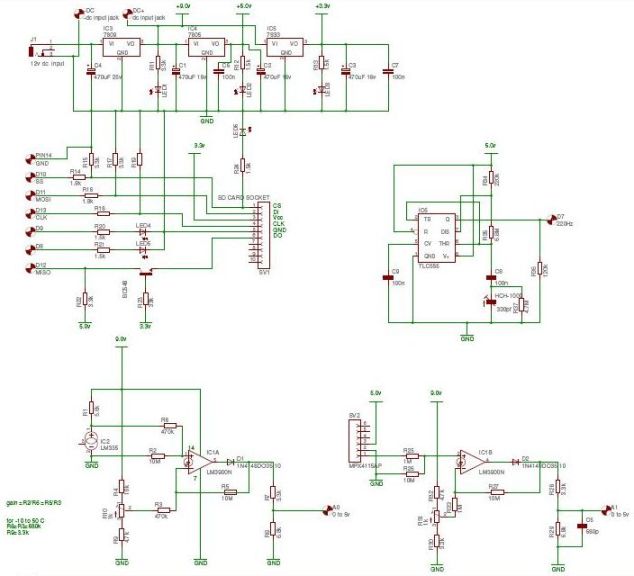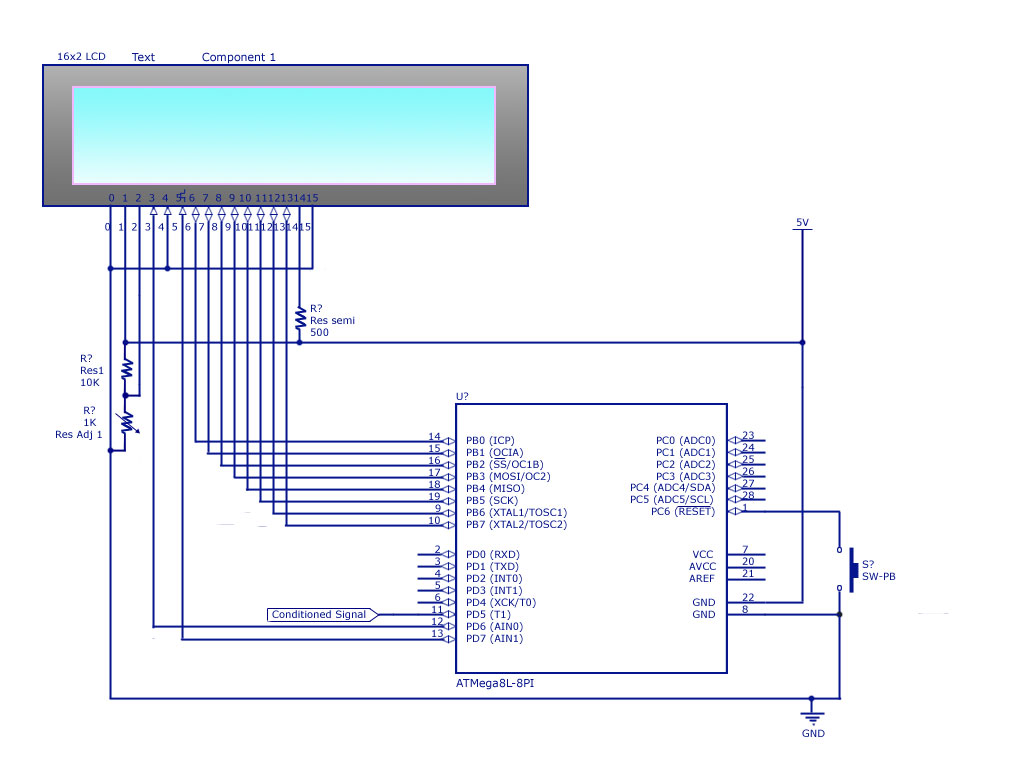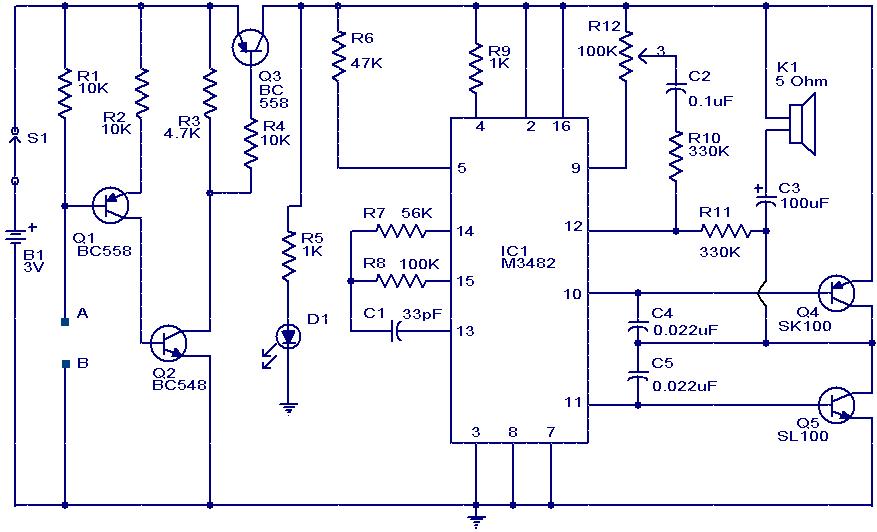
Stereo FM Transmitter Using BA1404

The circuit utilizes the BA1404 integrated circuit from ROHM Semiconductors. The BA1404 is a monolithic FM stereo modulator that incorporates a stereo modulator, FM modulator, and RF amplifier circuitry. This FM transmitter operates within the frequency range of 76 to 108 MHz and can be powered by a supply voltage ranging from 1.25 to 3 volts.
The BA1404 FM stereo modulator is designed for efficient transmission of audio signals in the FM band. The integrated circuit features a stereo modulator that allows for the encoding of audio signals into a stereo format, which is essential for high-quality sound reproduction. The FM modulator section converts the audio signals into frequency-modulated signals suitable for broadcast.
The RF amplifier circuitry within the BA1404 enhances the output signal strength, ensuring that the transmitted signal can cover a wider area and maintain clarity. The operating frequency range of 76 to 108 MHz makes this circuit suitable for various applications, including personal FM transmitters, wireless audio systems, and other short-range communication devices.
Power supply requirements for the BA1404 are flexible, accommodating a voltage range of 1.25 to 3 volts. This allows for the use of various power sources, including batteries and low-voltage power supplies, making the circuit versatile for portable applications. Proper bypass capacitors should be included in the design to stabilize the power supply and minimize noise, which is critical for maintaining signal integrity.
In summary, the BA1404 circuit presents a compact and efficient solution for FM audio transmission, integrating essential components into a single package, thereby simplifying design efforts while providing reliable performance.The circuit is based on the IC BA1404 from ROHM Semiconductors. BA1404 is a monolithic FM stereo modulator that has built in stereo modulator, FM modulator, RF amplifier circuitry. BA1404 FM transmitter can be operated from 76 to 108MHz and power supply for the circuit can be anything between 1.25 to 3 volts.
. 🔗 External reference
The BA1404 FM stereo modulator is designed for efficient transmission of audio signals in the FM band. The integrated circuit features a stereo modulator that allows for the encoding of audio signals into a stereo format, which is essential for high-quality sound reproduction. The FM modulator section converts the audio signals into frequency-modulated signals suitable for broadcast.
The RF amplifier circuitry within the BA1404 enhances the output signal strength, ensuring that the transmitted signal can cover a wider area and maintain clarity. The operating frequency range of 76 to 108 MHz makes this circuit suitable for various applications, including personal FM transmitters, wireless audio systems, and other short-range communication devices.
Power supply requirements for the BA1404 are flexible, accommodating a voltage range of 1.25 to 3 volts. This allows for the use of various power sources, including batteries and low-voltage power supplies, making the circuit versatile for portable applications. Proper bypass capacitors should be included in the design to stabilize the power supply and minimize noise, which is critical for maintaining signal integrity.
In summary, the BA1404 circuit presents a compact and efficient solution for FM audio transmission, integrating essential components into a single package, thereby simplifying design efforts while providing reliable performance.The circuit is based on the IC BA1404 from ROHM Semiconductors. BA1404 is a monolithic FM stereo modulator that has built in stereo modulator, FM modulator, RF amplifier circuitry. BA1404 FM transmitter can be operated from 76 to 108MHz and power supply for the circuit can be anything between 1.25 to 3 volts.
. 🔗 External reference





